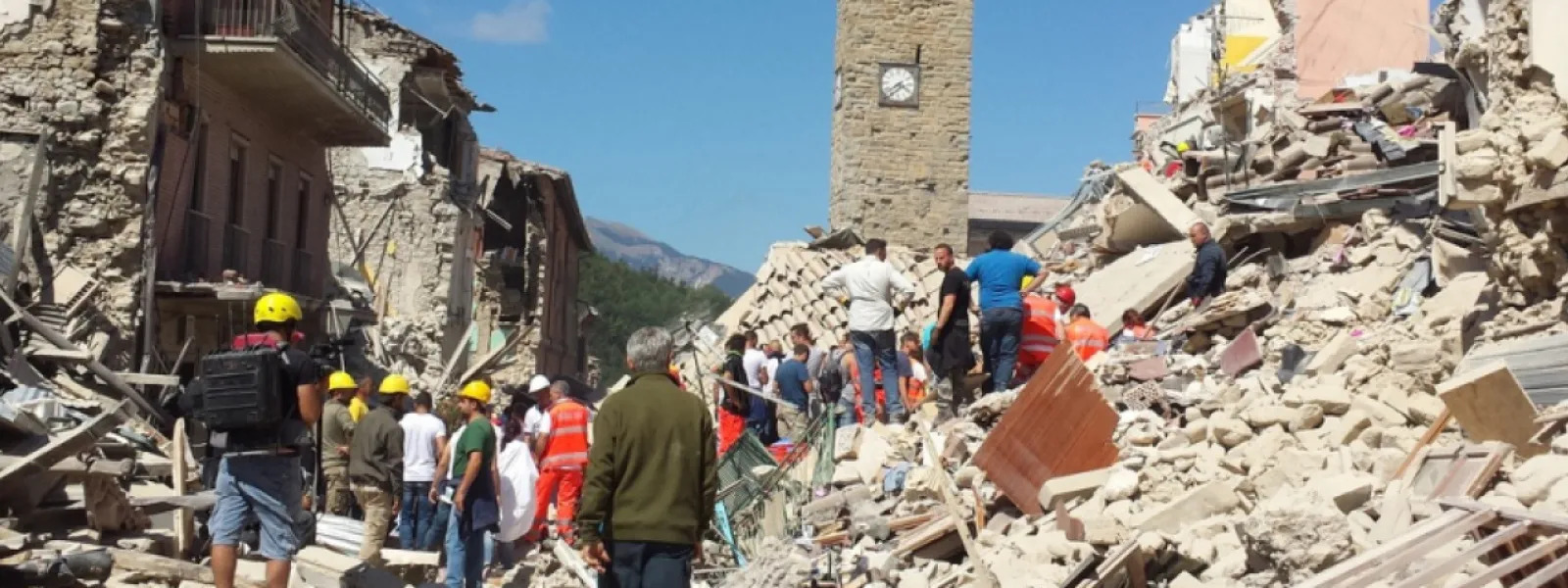A European policy on the seismic requalification of buildings and infrastructure
NAT-VI/020
A European policy on the seismic requalification of buildings and infrastructure
to promote coordination and cooperation on European level
to promote disaster prevention measures that can save lives and livelyhoods
to achieve and promote a common EU policy on seismic requalification of buildings
to promote disaster prevention measures that can save lives and livelyhoods
to achieve and promote a common EU policy on seismic requalification of buildings
THE EUROPEAN COMMITTEE OF THE REGIONS
proposes that provision be made for the parameters that determine a territory's seismic risk, and by analogy risks from other natural disasters, assessed according to well-defined criteria, to be considered among the criteria for distributing ESI funds between the regions of Europe; stresses that the EU must require all infrastructure built using ESI funds or any other EU fund to be disaster-resistant;
considers that an action plan proposed by the European Commission could be a suitable tool for further promoting the seismic requalification of existing buildings as a priority in the Member States' regional development operational programmes.
notes that recent research on seismic risk in Europe (such as the FP7-funded SHARE project), while confirming that the highest levels of seismic risk concern countries such as Italy, Greece and Romania, also points to moderate levels for certain areas of countries such as France, Germany, Belgium, Spain and Portugal, including the risk from tsunamis;
points out that comprehensive seismic risk prevention measures are a primary requirement for the EU, in order to protect the safety of its citizens, conserve its historical and cultural heritage, limit spending arising from harm to people and things and maintain the conditions for territorial development and investment for growth;
recognises that while a seismic requalification programme requires significant resources and is particularly costly in regions and Member States at higher and more widespread risk of earthquakes, it also contributes to employment and economic growth, particularly in terms of reinvigorating the construction market;
notes that widespread requalification of public and private buildings is already under way in European countries in order to ensure greater energy efficiency, financed in part from European funds, but that such work does not generally address the issue of structural and earthquake safety;
proposes that provision be made for the parameters that determine a territory's seismic risk, and by analogy risks from other natural disasters, assessed according to well-defined criteria, to be considered among the criteria for distributing ESI funds between the regions of Europe; stresses that the EU must require all infrastructure built using ESI funds or any other EU fund to be disaster-resistant;
considers that an action plan proposed by the European Commission could be a suitable tool for further promoting the seismic requalification of existing buildings as a priority in the Member States' regional development operational programmes.
notes that recent research on seismic risk in Europe (such as the FP7-funded SHARE project), while confirming that the highest levels of seismic risk concern countries such as Italy, Greece and Romania, also points to moderate levels for certain areas of countries such as France, Germany, Belgium, Spain and Portugal, including the risk from tsunamis;
points out that comprehensive seismic risk prevention measures are a primary requirement for the EU, in order to protect the safety of its citizens, conserve its historical and cultural heritage, limit spending arising from harm to people and things and maintain the conditions for territorial development and investment for growth;
recognises that while a seismic requalification programme requires significant resources and is particularly costly in regions and Member States at higher and more widespread risk of earthquakes, it also contributes to employment and economic growth, particularly in terms of reinvigorating the construction market;
notes that widespread requalification of public and private buildings is already under way in European countries in order to ensure greater energy efficiency, financed in part from European funds, but that such work does not generally address the issue of structural and earthquake safety;
